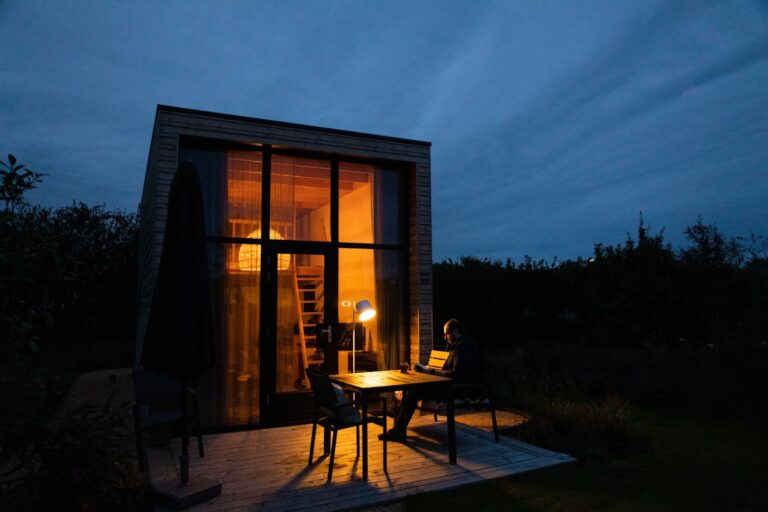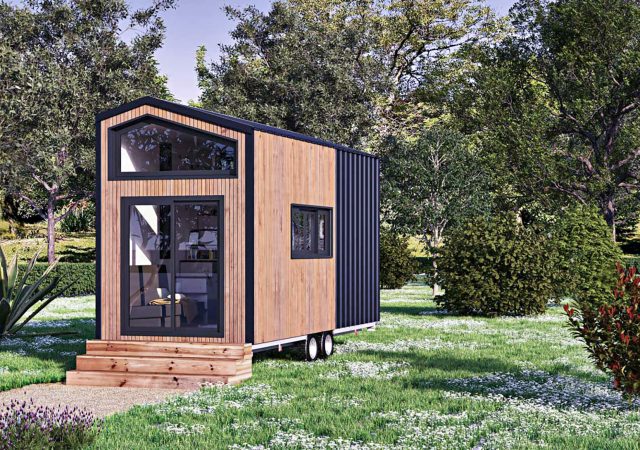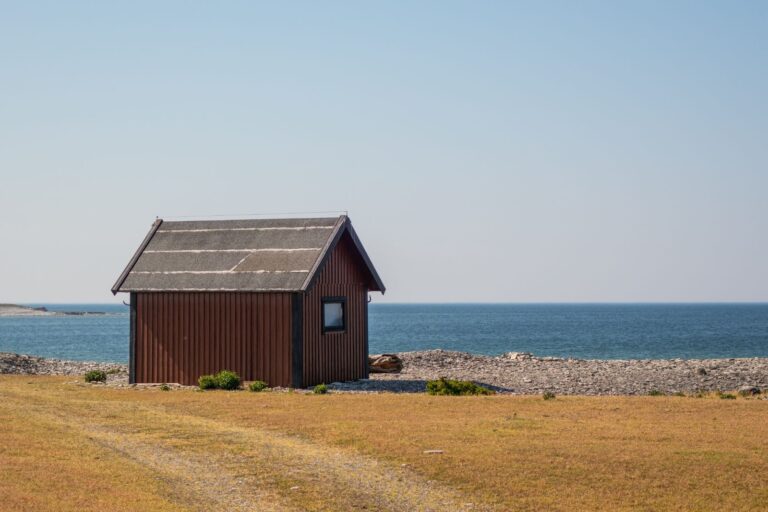A Guide to Insulating Your Tiny Home
There are many reasons to choose a tiny home as the calendar rolls toward 2023. Not only are tiny homes more affordable up front, but they give homeowners an element of freedom and mobility that more sprawling residences simply cannot provide.
With that said, the responsibilities of homeownership don’t completely disappear by choosing a tiny house. In fact, insulating your home is arguably more important for tiny structures than it is for larger ones, as there are no “zones” of the home in which you can escape when one element of your insulation becomes compromised.
To help you avoid insulation issues, keep reading for a detailed breakdown on everything there is to know about insulating a tiny home!
Roof

Fortifying the roof is a great place to start when insulating a home, tiny or otherwise. The roof will provide an initial layer of defense against inclement weather while also facing constant exposure to damaging UV rays. For these reasons, common roofing products, such as asphalt shingles or wood shakes, are a poor choice for tiny homes. They are readily damaged by impact and are known to raise in the face of strong winds. This will lead to unwanted air transfer into and out of your tiny home which can lead to elevated energy bills and an overall uncomfortable living experience.
The best roofing material for tiny homes is metal. It is extremely durable and holds up well in a wide range of weather conditions, making it a great choice for tiny homes on wheels. Metal roofs are highly reflective, so warming UV rays will not be absorbed the same way they will for dark asphalt roofs.
To further enhance the R-value of a tiny home’s roof, consider adding a layer of roof coverboard to the roofing substrate. Applied prior to adding the exterior roofing product, a quality cover board will enhance the protective properties of the roofing framework, adding an R-value of 2.5 for every half-inch applied. This adds another air and moisture barrier to the roof, keeping your interior temperature consistent even during the most extreme hot or cold fronts throughout the year.
Walls

As tiny homes have such cozy dimensions, you really need to be conscientious that you are not using any toxic products in your wall insulation, as there will be very little room for the harmful particles to dissipate. Therefore, instead of basic fiberglass batts or blow-in cellulose, look at more natural options such as hemp, cork, or sheep wool. While these products will be a bit more expensive upfront than standard insulation types, their R-value is comparatively strong. And remember, since you are not insulating much square footage, the higher cost of choosing one of these natural products will not break the bank.
Windows and Doors
Weak spots in window and door transitions are notorious escape routes for conditioned air. This is particularly problematic for tiny homes, as these transitions will likely represent a greater percentage of the home’s surface than they will for standard homes, causing this air transfer to be felt more acutely. Some ways to fortify these areas include:
- Installing door and window trim over the exterior transition points for an additional layer of protection
- Applying a silicone-based sealant to any cracks around the door or window frames
- Using aluminum window frames in place of wood options to better resist moisture absorption
As leaky windows can account for up to 30% of energy loss in a regular house, the importance of securing these transitional points is even more urgent in tiny homes.
Siding

Like roofing, siding is another element of the home that will come in direct contact with the forces of nature, making it an essential aspect to consider when insulating your tiny home. For those homeowners who love the natural wood appearance of their tiny house, inorganic products, such as fiber cement or steel log, will be the best option for securing the home’s insulative quality. Fabricated in a manner nearly indistinguishable from natural wood, these durable siding products come with none of the upkeep or maintenance requirements of standard wood planks, making them supremely resistant to air and moisture transfer. To further enhance the R-value of the building envelope, adding a layer of polyiso exterior wall insulation will go a long way toward eliminating any thermal bridges that may exist in the wall’s substrate.
The Ultimate Guide to Insulating a Tiny Home
Homeowners can avoid many of the hassles of homeownership by choosing a tiny home over a standard-sized structure. There are fewer rooms to clean, square feet to renovate, and overall moving parts (electrical, plumbing, etc.) to inevitably go kaput. With that said, the insulation of a tiny home is arguably more important than that of a full-size house. With no areas to take refuge in the event of a compromise, unwanted air and moisture transfer can hit tiny homes particularly hard. Therefore, use the helpful tips listed above to guarantee that the roof, walls, windows, doors, and siding of your tiny home are of the highest insulative quality!







